Report this entry
More from the same community-collection
Photography by Timothy Aquilina
There is nothing more pleasing and rewarding than witnessing the ...
Photography by Timothy Aquilina
There is nothing more pleasing and rewarding than witnessing the ...
Photography by Vallarie Enriquez
There is nothing more pleasing and rewarding than witnessing the ...
Photography by Vallarie Enriquez
There is nothing more pleasing and rewarding than witnessing the ...
Photography by Veronica Marie Heredia
There is nothing more pleasing and rewarding than witnessing the ...
Photography by Veronica Marie Heredia
There is nothing more pleasing and rewarding than witnessing the ...
Photography by Yadira Loya-Carranco
There is nothing more pleasing and rewarding than witnessing the ...
Photography by Yadira Loya-Carranco
There is nothing more pleasing and rewarding than witnessing the ...
Photography by Yolanda Elena Montiel Méndez
There is nothing more pleasing and rewarding than witnessing the ...
Photography by Yolanda Elena Montiel Méndez
There is nothing more pleasing and rewarding than witnessing the ...
Photography by Jaime Alberto Pinal Coello
There is nothing more pleasing and rewarding than witnessing the ...
Photography by Jaime Alberto Pinal Coello
There is nothing more pleasing and rewarding than witnessing the ...
Photography by Jaime Humberto Caldera Chacón
There is nothing more pleasing and rewarding than witnessing the ...
Photography by Jaime Humberto Caldera Chacón
There is nothing more pleasing and rewarding than witnessing the ...
Toddler in Front of Daily Church Service Hours Sign
A toddler standing in front of a sign advertising a Church's ...





















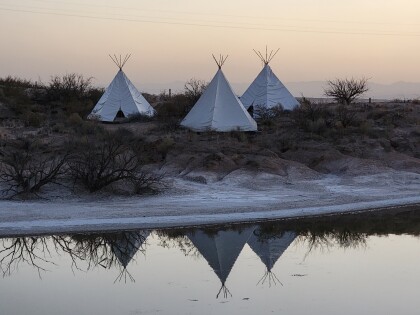

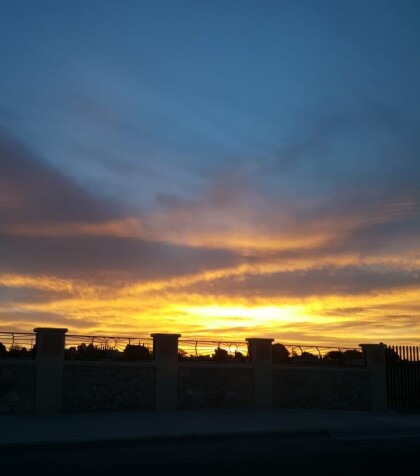

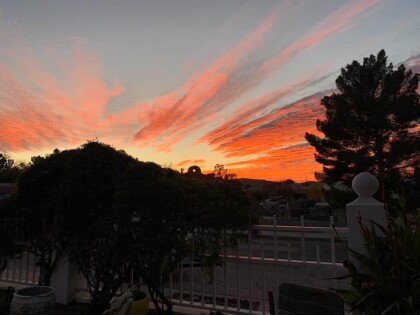
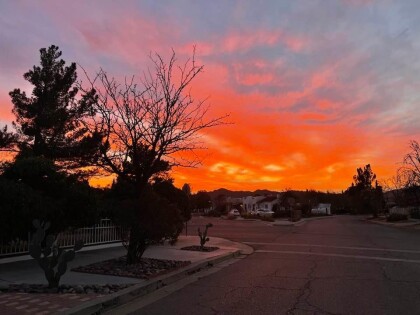
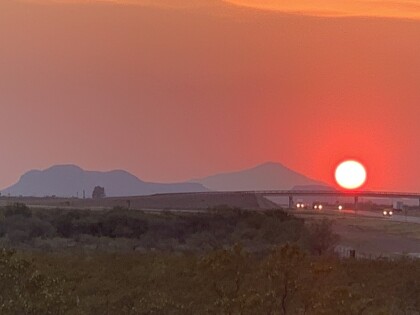
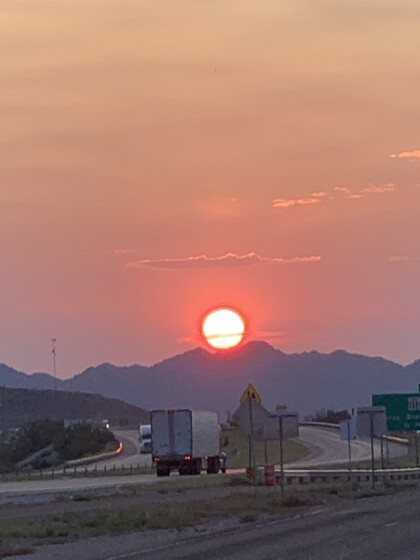
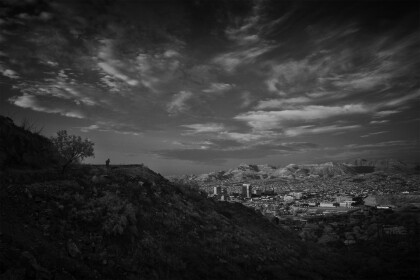
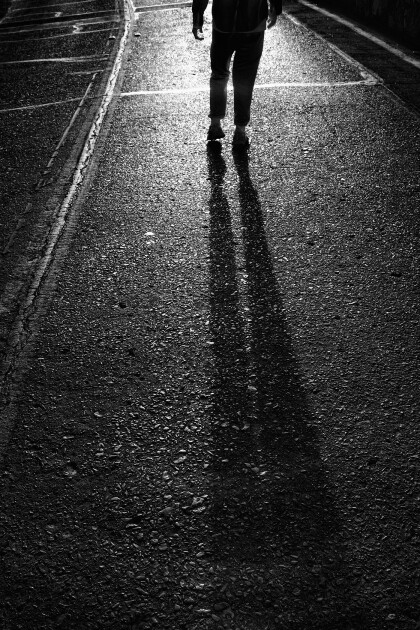

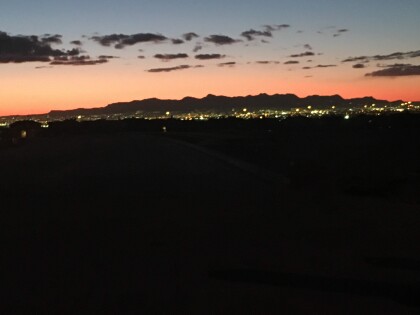
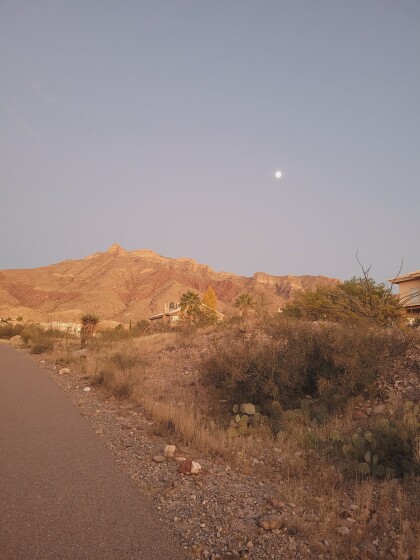


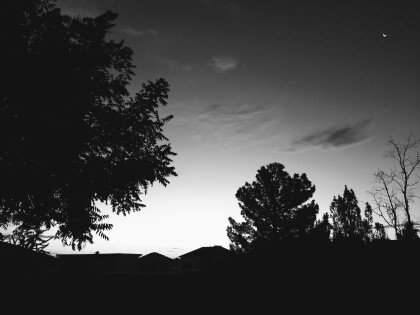
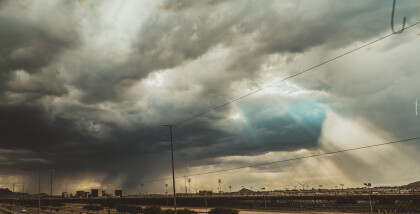
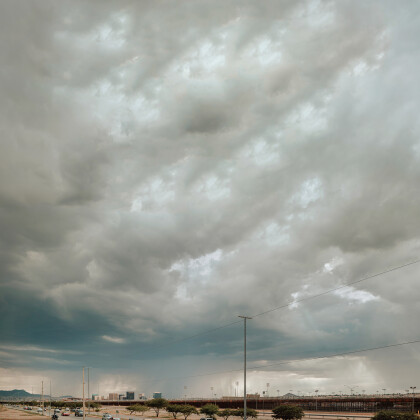
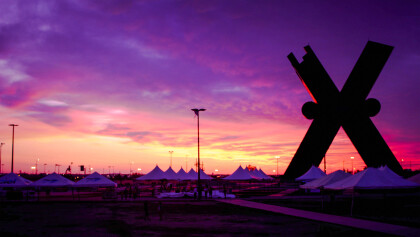
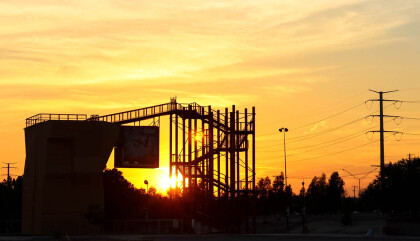
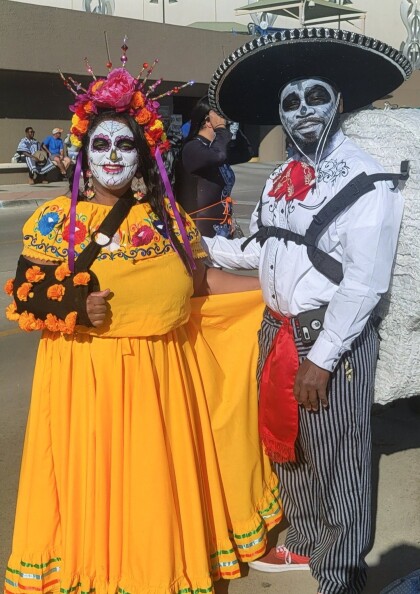
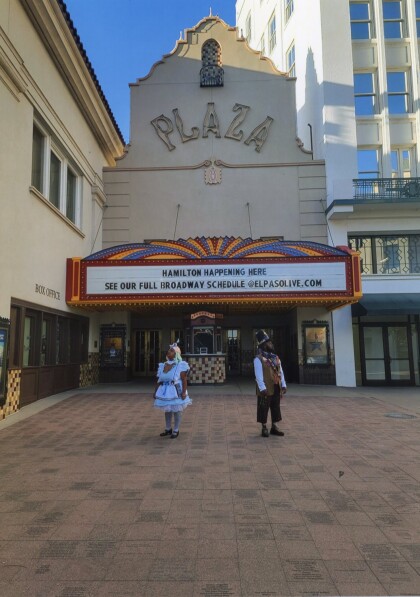
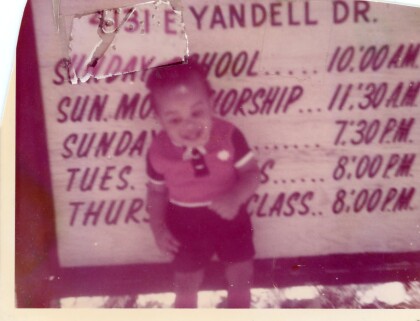
Comments
Add a comment